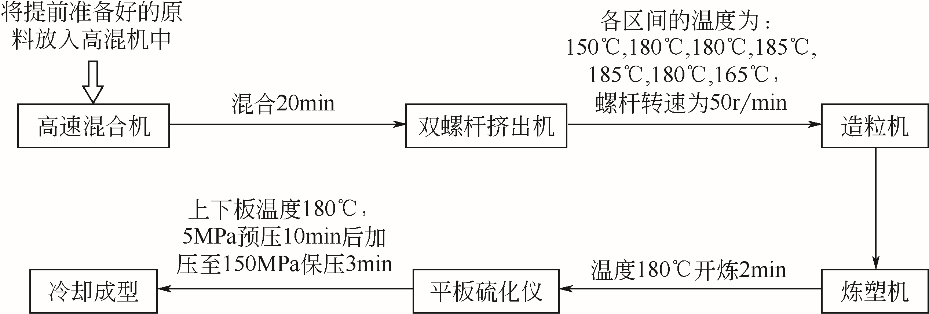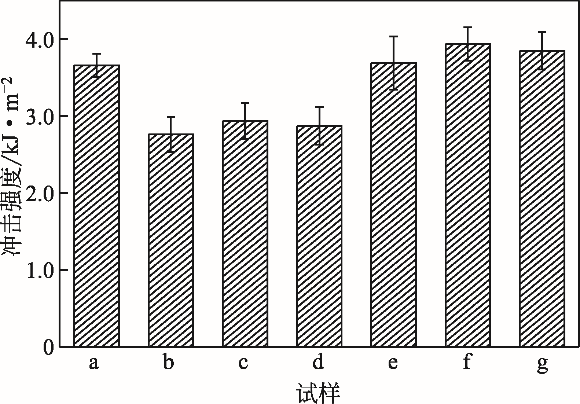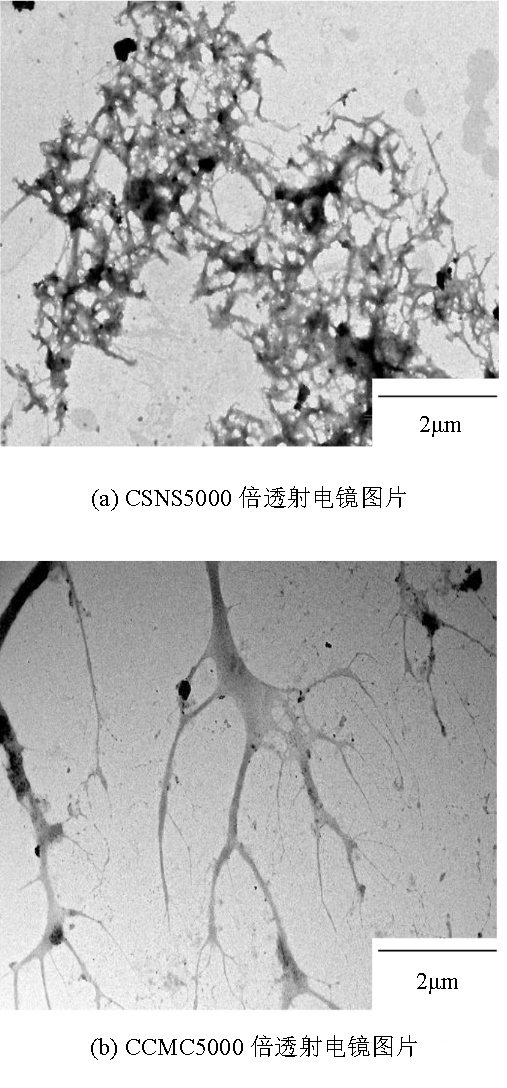| 1 |
HUANG L, MU B, YI X, et al. Sustainable use of coffee husks for reinforcing polyethylene composites[J]. Journal of Polymers and the Environment, 2018, 26(1): 48-58.
|
| 2 |
ADAMS M R, DOUGAN J. Biological management of coffee processing wastes[J]. Tropical Science, 1981, 23(3): 177-196.
|
| 3 |
COLLAZO-BIGLIARDI S, ORTEGA-TORO R, BOIX A C. Isolation and characterisation of microcrystalline cellulose and cellulose nanocrystals from coffee husk and comparative study with rice husk[J]. Carbohydrate polymers, 2018, 191: 205-215.
|
| 4 |
JUMADI M T, MANSOR M R, MUSTAFA Z. Characterisation of wood plastic composite manufact ured from kenaf fibre reinforced recycled-unused plastic blend[J]. Composite Structures, 2018, 189: 510-515.
|
| 5 |
MURTHY P S, NAIDU M M. Sustainable management of coffee industry by-products and value addition:a review[J]. Resources, Conservation and recycling, 2012, 66: 45-58.
|
| 6 |
HOPEWELL J, DVORAK R, KOSIOR E. Plastics recycling: challenges and opportunities[J]. Philosophical Transactions of the Royal Society B: Biological Sciences, 2009, 364(1526): 2115-2126.
|
| 7 |
BALAJI A B, PAKALAPATI H, KHALID M, et al. Biodegradable and biocompatible polymer composites[M]. Duxford: Woodhead Publishing, 2017: 3-32.
|
| 8 |
李晶晶, 宋湛谦, 李大纲, 等. 纳米纤维素增强木塑复合材料的性能研究[J]. 林产化学与工业, 2015, 35(5): 15-21.
|
|
LI Jingjing, SONG Zhanqian, LI Dagang,et al. Properties of wood plastic composite reinforced by cellulose nanofibers[J]. Chemistry and Industry of Forest Products, 2015, 35(5): 15-21.
|
| 9 |
BORAH J S, KIM D S. Recent development in thermoplastic/wood composites and nanocomposites: a review[J]. Korean Journal of Chemical Engineering, 2016, 33(11): 3035-3049.
|
| 10 |
KUMODE M M N, BOLZON G I M, MAGALHÃES W L E, et al. Microfibrillated nanocellulose from balsa tree as potential reinforcement in the preparation of ‘green’composites with castor seed cake[J]. Journal of Cleaner Production, 2017, 149: 1157-1163.
|
| 11 |
GABR M H, PHONG N T, OKUBO K, et al. Thermal and mechanical properties of electrospun nano-celullose reinforced epoxy nanocomposites[J]. Polymer Testing, 2014, 37: 51-58.
|
| 12 |
ASHORI A, NOURBAKHSH A. Performance properties of microcrystalline cellulose as a reinforcing agent in wood plastic composites[J]. Composites Part B: Engineering, 2010, 41(7): 578-581.
|
| 13 |
吴清林, 梅长彤, 韩景泉, 等. 纳米纤维素制备技术及产业化现状[J]. 林业科技开发, 2018, 3(1): 1-9.
|
|
WU Qinglin, MEI Changtong, HAN Jingquan, et al. Preparation technology and industrialization status of nanocellulose[J]. Journal of Forestry Engineering, 2018, 3(1): 1-9.
|
| 14 |
林凤采, 卢麒麟, 卢贝丽,等. 纳米纤维素及其聚合物纳米复合材料的研究进展[J]. 化工进展, 2018, 37(9): 3454-3470.
|
|
LIN Fengcai, LU Qilin, LU Beili, et al. Research progress of nanocellulose and its polymer nanocomposites[J]. Chemical Industry and Engineering Progress, 2018, 37(9): 3454-3470.
|
| 15 |
黄彪, 卢麒麟, 唐丽荣. 纳米纤维素的制备及应用研究进展[J]. 林业工程学报, 2016, 1(5): 1-9.
|
|
HUANG Biao, LU Qilin, TANG Lirong. research progress of nanocellulose manufacture and application[J]. Journal of Forestry Engineering, 2016, 1(5): 1-9.
|
| 16 |
WERNERSSON E, STENQVIST B, LUND M. The mechanism of cellulose solubilization by urea studied by molecular simulation[J]. Cellulose, 2015, 22(2): 991-1001.
|
| 17 |
王文俊, 冯蕾, 邵自强,等. 精制棉的膨润预处理对硝化棉氮量及分布均匀性的影响[J]. 北京理工大学学报, 2011, 31(12): 1474-1478.
|
|
WANG Wenjun, FENG Lei, SHAO Ziqiang, et al. Effect of swelling pretreatment to cotton linter on nitrogen content and its distribution uniformity of nitrocellulose[J]. Transactions of Beijing Institute of Technology, 2011, 31(12): 1474-1478.
|
| 18 |
王文俊, 王维玮, 洪旭辉. 纳米纤维素晶须的表面改性及其在环氧树脂中的应用[J]. 高分子学报, 2015(9): 1036-1043.
|
|
WANG Wenjun,WANG Weiwei,HONG Xuhui. Surface modification of cellulose nanowhiskers and application in epoxy resin[J]. Acta Polymerica Sinica, 2015(9): 1036-1043.
|
| 19 |
GARCÍA-GARCÍA D, CARBONELL A, SAMPER M D, et al. Green composites based on polypropylene matrix and hydrophobized spend coffee ground (SCG) powder[J]. Composites Part B: Engineering, 2015, 78: 256-265.
|
| 20 |
SURYANEGARA L, NAKAGAITO A N, YANO H. The effect of crystallization of PLA on the thermal and mechanical properties of microfibrillated cellulose-reinforced PLA composites[J]. Composites Science and Technology, 2009, 69(7/8): 1187-1192.
|
 ),Ruyan LI2(
),Ruyan LI2( ),Kaomin ZHANG3,Wenjun WANG4,Lu ZHANG4
),Kaomin ZHANG3,Wenjun WANG4,Lu ZHANG4









 唑
唑